Home > Blog > How Elevator Load Sensors Work: Ensuring Safety and Efficiency in Vertical Transportation
-
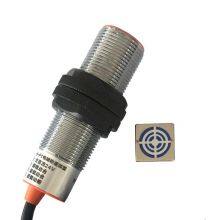 Dandelion
Hi there! Welcome to my shop. Let me know if you have any questions.
Dandelion
Hi there! Welcome to my shop. Let me know if you have any questions.
Your message has exceeded the limit.

How Elevator Load Sensors Work: Ensuring Safety and Efficiency in Vertical Transportation
2025-06-21 11:09:09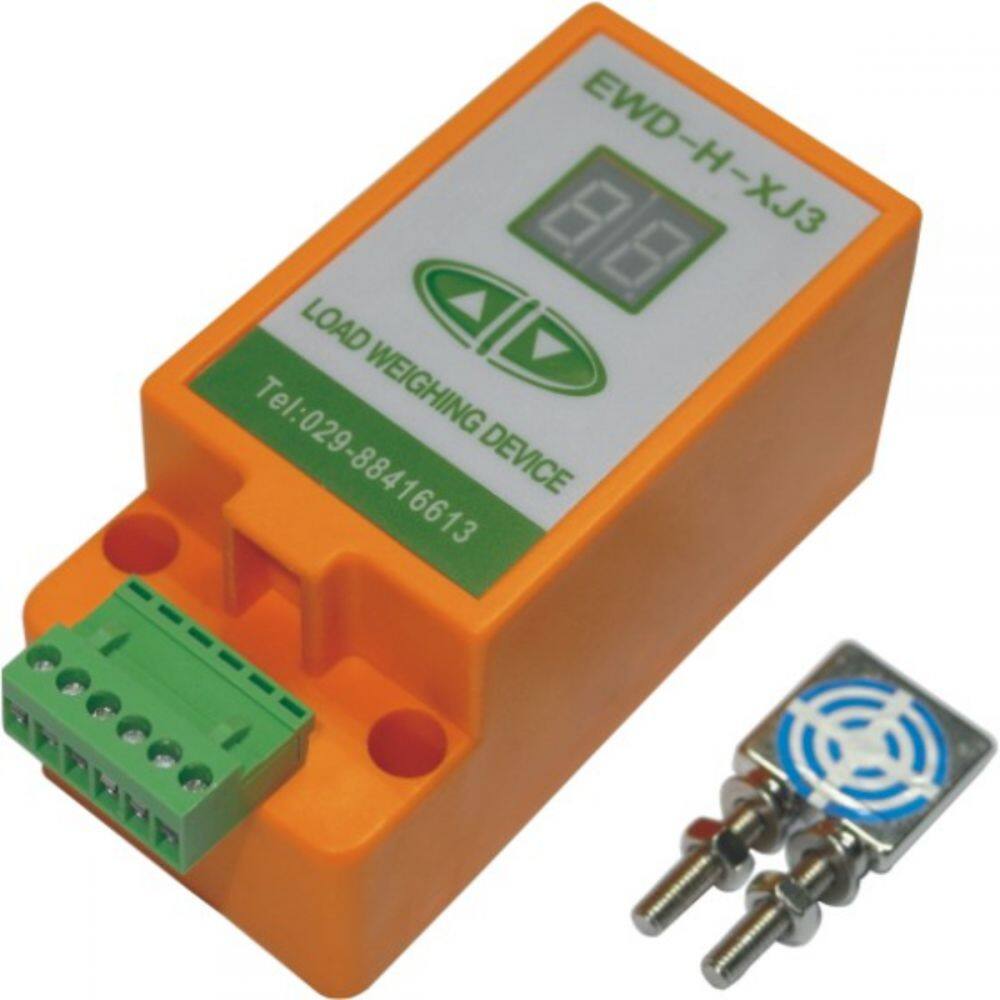
Load sensors, also known as weight sensors, are devices used to measure the weight or force applied to a particular point. In the context of elevators, load sensors are used to determine the total weight of passengers and cargo inside the elevator car. This information is critical for several reasons:
1.Safety: Ensuring the elevator does not exceed its maximum load capacity to prevent overloading and potential accidents.
2.Efficiency: Optimizing elevator performance by adjusting acceleration and deceleration based on load weight.
3.Control: Providing data to the elevator control system for proper operation and dispatching.
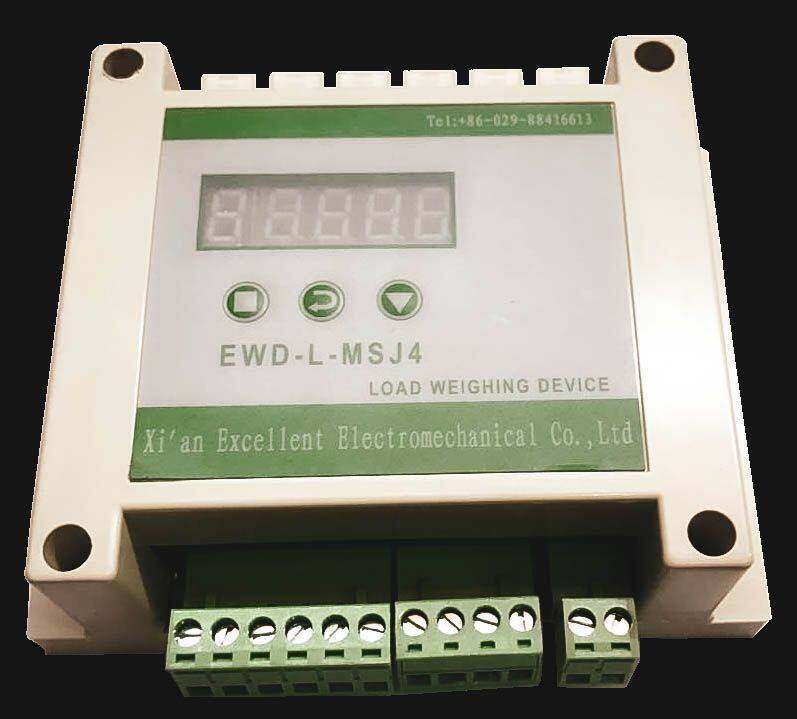
Types of Load Sensors
There are several types of load sensors used in elevator systems, each employing different technologies to measure weight. The most common types include:
1.Strain Gauge Load Cells: These sensors use strain gauges, which are devices that measure the deformation (strain) of a material under load. When force is applied to the load cell, the strain gauge's resistance changes, providing a signal proportional to the applied force.
2.Hydraulic Load Cells: These sensors measure the pressure changes in a fluid caused by an applied load. As the load increases, the fluid pressure inside the sensor rises, which is then measured to determine the weight.
3.Pneumatic Load Cells: Similar to hydraulic sensors, but using air pressure instead of fluid. These sensors measure the change in air pressure within a chamber when a load is applied.
4.Piezoelectric Load Cells: These sensors generate an electric charge proportional to the mechanical stress applied. They are particularly sensitive and can measure very small forces.
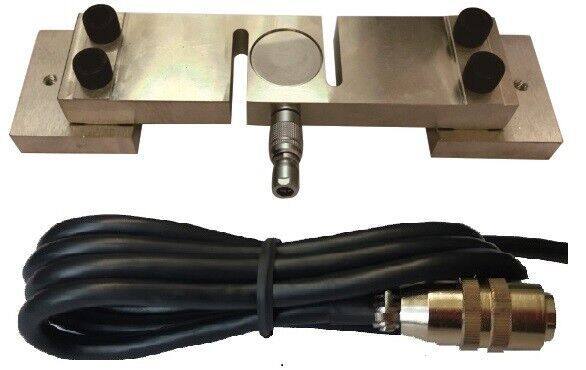
Working Principle of Load Sensors
The basic principle behind all load sensors is the conversion of a mechanical force into an electrical signal. This conversion allows the elevator control system to interpret the measured weight an measured weight and make necessary adjustments. Here's a step-by-step explanation of how load sensors work in elevators:
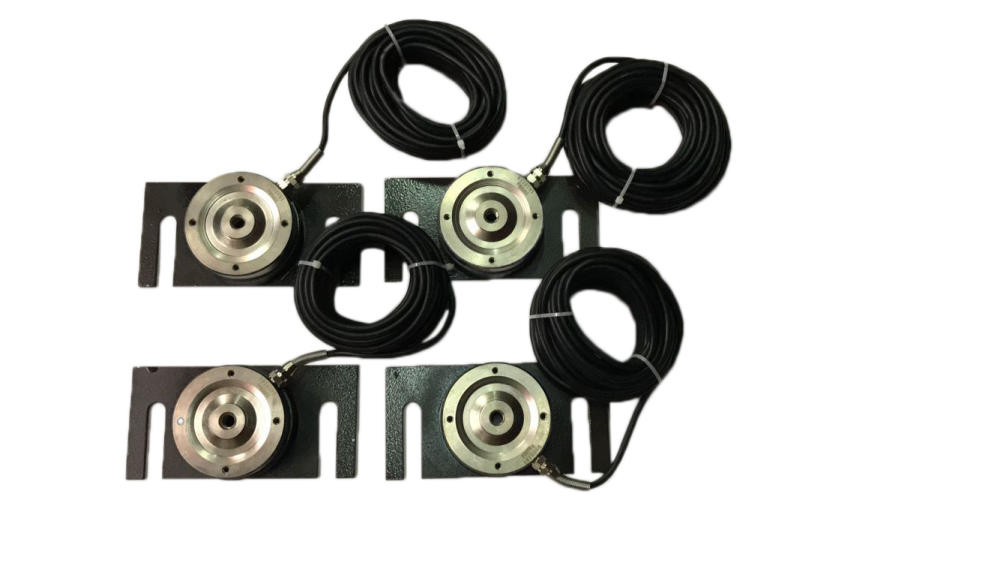
1.Force Application:
When the elevator car is loaded with passengers or cargo, the weight of the load is transferred to the load sensor(s). These sensors are typically located at the base of the elevator car or in the supporting structure.
2.Signal Generation: The applied force deforms the load sensor, causing a change in electrical resistance, pressure, or charge, depending on the sensor type.
3.Signal Conditioning: The raw signal from the sensor is often very small and requires amplification and conditioning to make it usable by the elevator control system. This process may include filtering, amplification, and conversion to a digital signal.
4.Data Interpretation: The conditioned signal is interpreted by the elevator's control system to determine the total load weight. This information is used to ensure the elevator operates safely and efficiently.
Applications of Load Sensors in Elevators
Load sensors are integral to several aspects of elevator operation, including:

1.Overload Protection: If the measured load exceeds the elevator's maximum capacity, the system can prevent the doors from closing and the elevator from moving, ensuring passenger safety.
2.Weight-Based Dispatching: In modern elevator systems, load sensors help optimize elevator performance by dispatching cars based on load weight, reducing waiting times and improving efficiency.
3.Energy Efficiency: By adjusting acceleration and deceleration based on the load, elevators can operate more efficiently, reducing energy consumption.
4.Load Monitoring: Continuous monitoring of the load helps in detecting malfunctions or abnormal conditions, such as stuck doors or uneven loading.
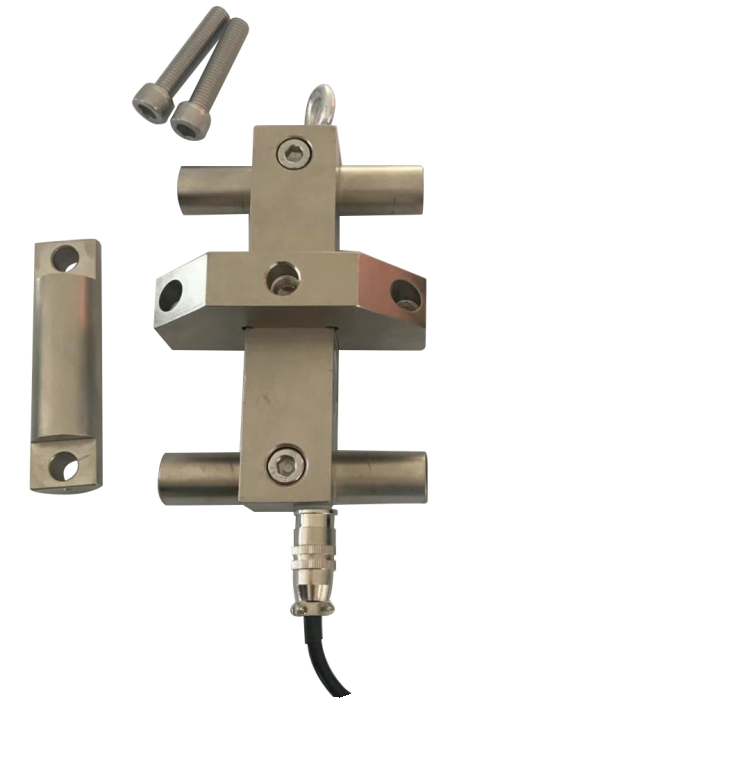
Conclusion
Elevator load sensors are essential for ensuring the safety, efficiency, and proper operation of elevator systems. By accurately measuring the weight of passengers and cargo, these sensors enable the elevator control system to make informed decisions, preventing overloading, optimizing performance, and enhancing energy efficiency.As technology continues to advance, load sensors are becoming more sophisticated, with improved accuracy and reliability. This evolution will further enhance the performance of elevator systems, making them safer and more efficient for the millions of people who rely on them daily.In summary, the humble load sensor plays a pivotal role in the functioning of elevators, a testament to the importance of even the smallest components in ensuring the safe and efficient operation of complex systems.
Tags: steel wire rope, elevator load cell, Safety
